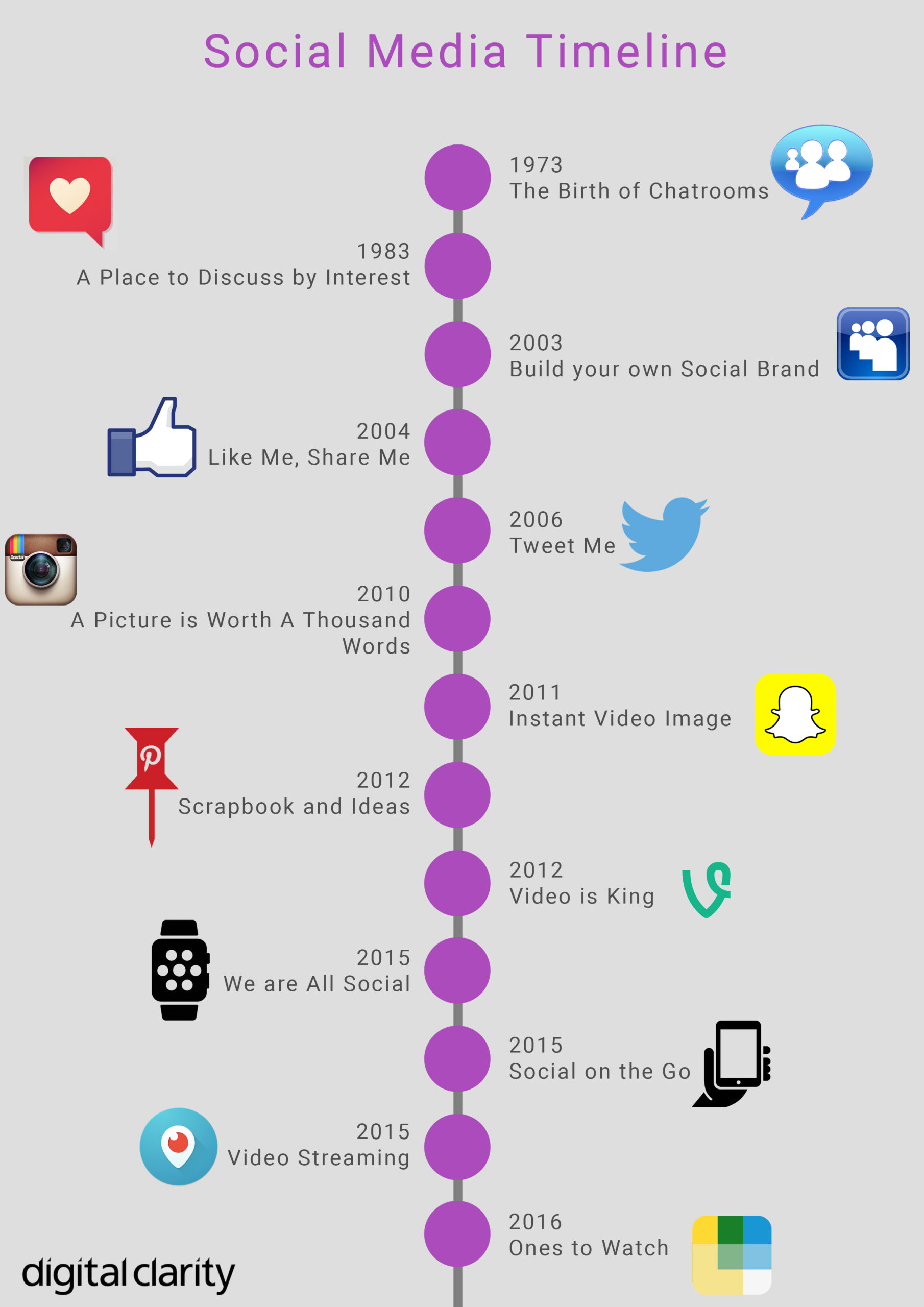Social Media’s Tipping Point
Anyone who has read Malcolm Gladwell’s The Tipping Point has been exposed to a number of different epidemics, some of which are much easier to explain than others. The rate at which social media has exploded in the last decade makes one wonder if it’s the next major trend to reach its tipping point. At its current rate of adoption, there’s reason to believe that it might be.
The Social Media Big Bang
I remember in the spring semester of my freshman year of college, back in 2005 when my roommate informed me of this new website called “The Facebook”. Even though MySpace and LinkedIn had been introduced 2 years earlier, and social media’s roots can be dated back to the early 1970s, the term “social media” had not entered into everyday dialogue. The concept of Facebook at the time seemed futuristic, yet remarkably intriguing to everyone. Modern-day social media was born.
One year later, the first iteration of Twitter was introduced, providing users with tidbits of real-time news and media content in a streaming timeline. Today it has become one of the leading sources for disseminating news and following trends and news topics around the world. In fact, it has become a source for celebrities, athletes, reporters and news outlets to provide a first look at upcoming stories and endeavors, as well as a forum for sharing thoughts and sometimes just raw emotion.
It’s Everywhere
By 2012, social media was ubiquitous. It was not only the millennials that were heavy users, but Gen X, Baby Boomers and even Post-War Cohorts, as the data from Pew Research Center show, had also grasped the novelty of social networks. Facebook and LinkedIn had gone public, with Twitter’s IPO following in 2013, and additional social media platforms such as Vine, Tumblr, Instagram, Snapchat, and Pinterest had all gained a global following on both the corporate and individual level.
However, many of the behemoth social networks were beginning to encounter a social stalemate. Facebook users began to complain that their timelines were now filled with too many corporate advertisements and unwanted material, while the Twittersphere was filling with inquiries to change the platform’s interface and content restrictions. After rumblings that changes were coming for several years, Twitter finally announced the much-anticipated changes last week, designed “to make the service easier and more intuitive”, as reported by Julia Boorstin at CNBC. But were these changes too little too late? Twitter’s stock is down 60% this year and it has been trying for years to gain additional users. Is social media at an impasse?
Is the End Near?
One of the things that Malcolm Gladwell addresses in The Tipping Point is the Law of the Few, in which a social norm is dominated by just a few, but relied upon by the general public. When modern-day social media took off in 2003 and the few years that followed, the ideas were unique and people latched on almost immediately. According to Statista, there are just over 2.2 billion social media users in the world right now. While those numbers are expected to grow in the next five years, the growth rate is expected to slow down over the coming years.
For now, social media is doing just fine. People will continue to post videos and photos of their cats on Instagram and A-list celebrities will continue to banter back and forth over Twitter. But is social media ready to reach its tipping point in the near future? Only time (and users) will tell.
If you have any thoughts on where you see social media in the next few years, please feel free to share in the comments section below.




Leave a comment:
You must be logged in to post a comment.